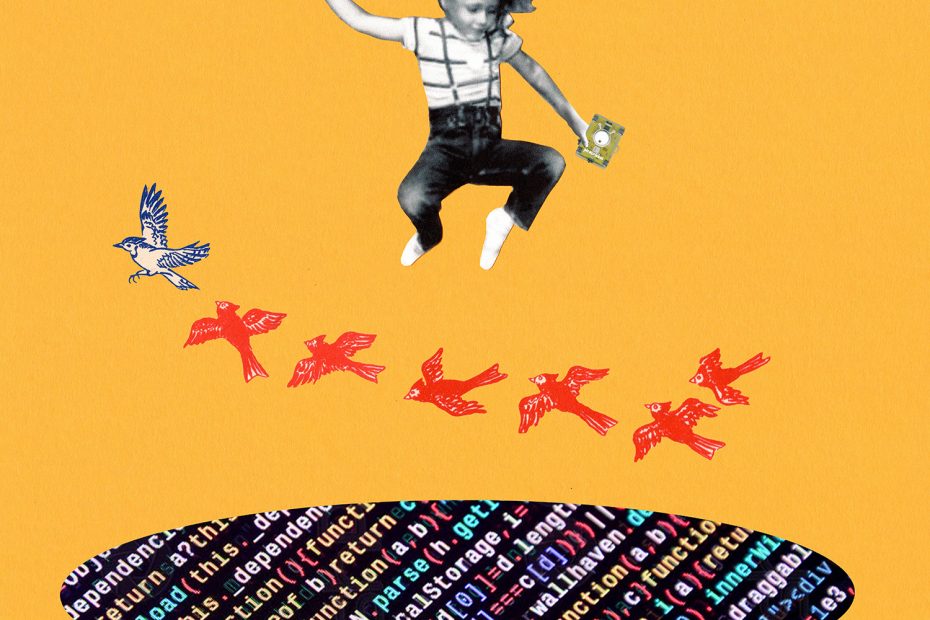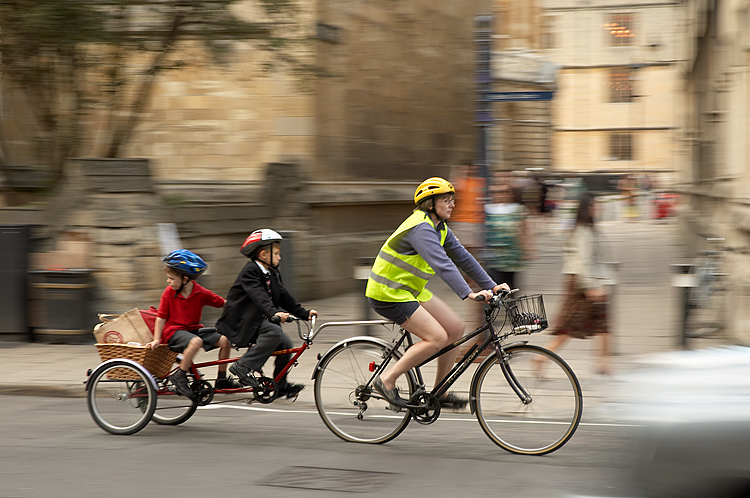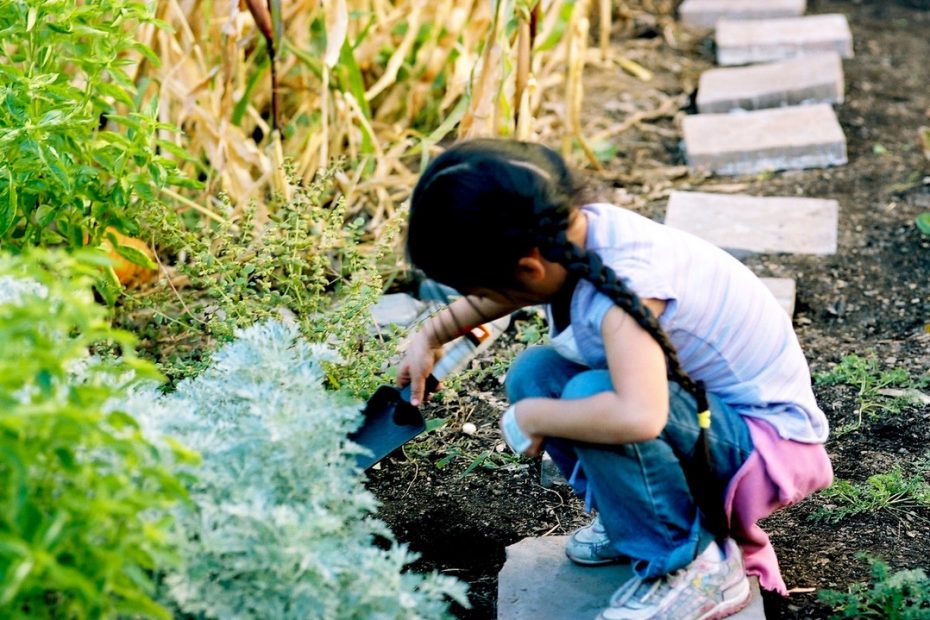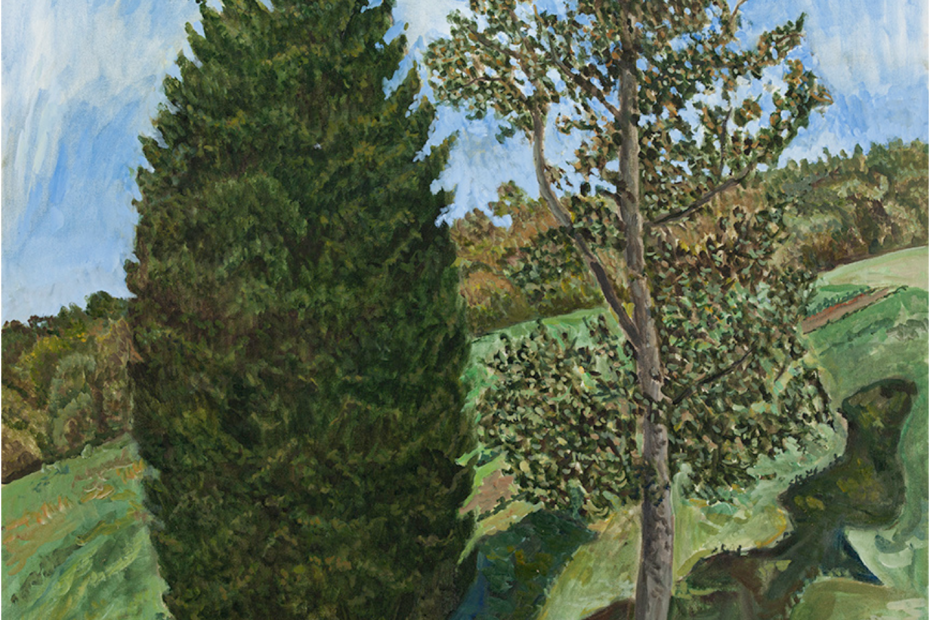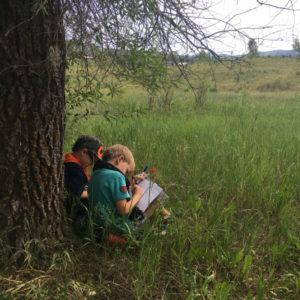By Theo Klimstra | One of the striking differences between the Netherlands and most countries is the vast number of bikes that you’ll see everywhere. In the Netherlands, everybody rides bikes, partly because they are cheap to buy and cheap to maintain for commuting (no gas required) and partly because Dutch employers team up with the tax service to allow employees to get a full refund on their new bike. Furthermore, parents bring their children (yes, multiple children, sometimes as many as four or five on a single bike!) to school or daycare; others bring TVs and small pieces of furniture home on bikes while dodging wandering tourists in the busy streets of Amsterdam, and if you visit The Hague, you might see the prime minister himself biking to work. Even taking your rusty old bike to a job interview is considered completely normal. All this is to say that, in the Netherlands, riding a bike is not just something that kids do; it is something almost everyone does – making the Netherlands a true biking culture. Why is this so? And was it always like this?


